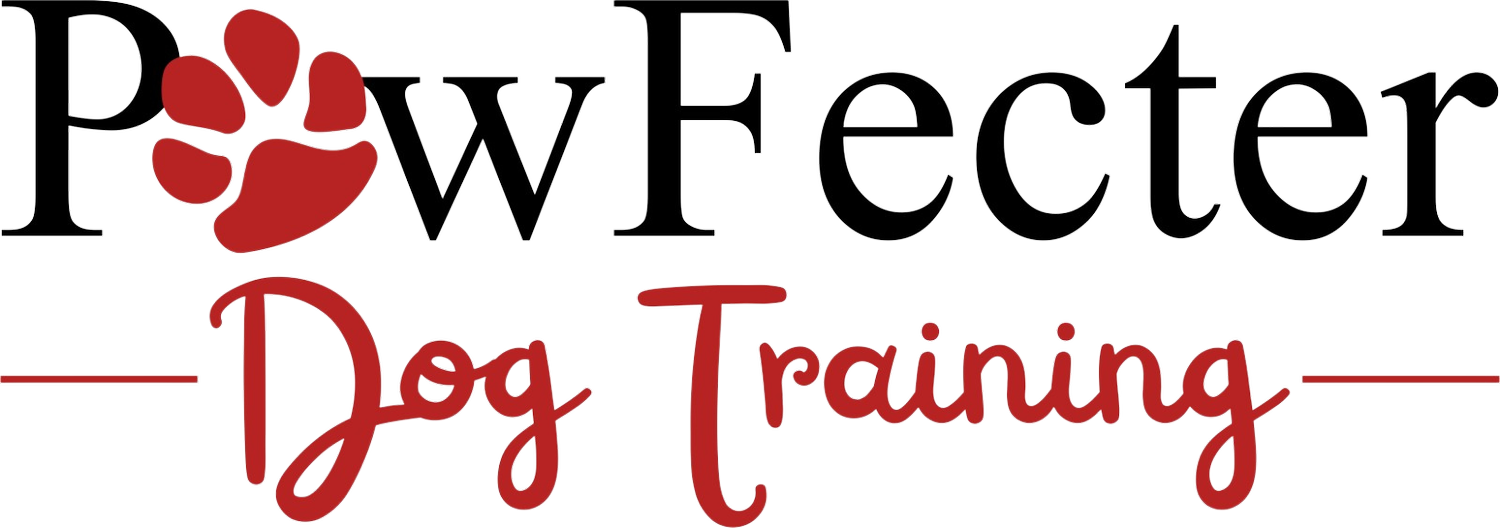Fur-midable Features: Unveiling the Essential Advantages of a Dog's Fur
For many dog owners, the constant shedding of fur can be a frustrating and messy reality. However, what may seem like a nuisance is actually a remarkable adaptation that provides dogs with a wide range of essential benefits. From insulation and protection to sensory input and immune system support, a dog's fur coat is a complex and versatile structure that plays a vital role in their overall health and wellbeing.
Insulation and Temperature Regulation
Perhaps the most obvious benefit of a dog's fur coat is its ability to provide insulation and regulate body temperature. A dog's coat consists of two main components - the outer guard hairs and the soft, downy undercoat. The guard hairs offer protection and water resistance, while the undercoat traps heat close to the skin, keeping the dog warm in cold weather.
Interestingly, this insulating layer also helps dogs stay cool in hot conditions. As the search results note, "It can trap hot or cold. If they are in an air-conditioned house, it keeps a layer of cold air next to their skin when they go outside. So it still protects in the summer." This is because a dog's fur coat works like a natural Thermos, maintaining a comfortable temperature regardless of the external environment.
Protection from the Elements
In addition to insulation, a dog's fur also provides vital protection from the elements. The tough, leathery skin and dense coat act as a barrier, shielding the dog's sensitive underlying tissues from abrasions, cuts, and other environmental hazards. This is particularly important for working dogs or those that spend a lot of time outdoors.
The fur coat even plays a role in cushioning impacts, as the search results note: "It can even soften blows by reducing the force of impact should an object come in contact with your dog." This shock-absorbing quality helps prevent injuries and contributes to a dog's overall physical resilience.
Sensory Input and Communication
While often overlooked, a dog's fur coat also serves as an important sensory organ, providing valuable information about their surroundings. Beneath the fur lies a complex network of nerves that can detect changes in pressure, temperature, and even pain. This allows dogs to respond appropriately to their environment, from anticipating an approaching storm to sensing their owner's gentle touch.
The fur coat also plays a role in canine communication, as it can "pull chemical scents from the skin and transfer them to the air surrounding your dog. These scents relay messages to other dogs." This chemical signaling helps dogs convey information about their emotional state, health, and identity to their pack mates.
Immune System Support
Perhaps one of the most crucial benefits of a dog's fur coat is its role in supporting the immune system. The skin, which is the largest organ in a dog's body, is considered the first line of defense against infections, diseases, bacteria, and viruses. A healthy, well-maintained coat helps keep this vital barrier strong and resilient.
The search results explain that the skin and fur also act as a "nutrient depository and storage" for essential vitamins, minerals, and other compounds that support overall health. These include collagen, amino acids, enzymes, and fatty acids - all of which contribute to a robust immune response and the dog's ability to heal and recover from illness or injury.
Hydration and Nutrient Regulation
Surprisingly, a dog's fur coat also plays a role in maintaining proper hydration and nutrient balance. The skin's natural process of "transepidermal water loss" allows dogs to regulate their fluid levels, while the fur helps prevent excessive drying and dehydration. Additionally, the skin stores a variety of nutrients, including vitamin D, that are essential for the dog's wellbeing.
By keeping the skin and coat in good condition, owners can help ensure their canine companions remain properly hydrated and nourished, with all the building blocks necessary for optimal health and vitality.
Caring for a Dog's Fur Coat
Given the remarkable benefits a dog's fur coat provides, it's clear that proper care and maintenance should be a top priority for all pet owners. This includes regular brushing, bathing, and grooming to remove loose hair, prevent matting, and keep the coat in peak condition.
However, it's important to note that certain grooming practices, such as shaving or clipping the fur, can actually do more harm than good. As the search results explain, "Clipping is not going to give them extra release" from heat, and "a haircut can do more harm than good." In fact, the fur coat's insulating properties are essential for regulating a dog's body temperature, even in hot weather.
Instead, owners should focus on keeping their dog's coat clean and free of debris, while allowing the natural shedding process to occur. Providing shade, hydration, and opportunities for rest can also help dogs stay comfortable during the warmer months.
By understanding and appreciating the remarkable benefits of a dog's fur coat, owners can ensure their canine companions remain healthy, happy, and able to thrive in a wide range of environments. After all, this unsung feature is a testament to the remarkable adaptations that make our four-legged friends such beloved and resilient companions.

